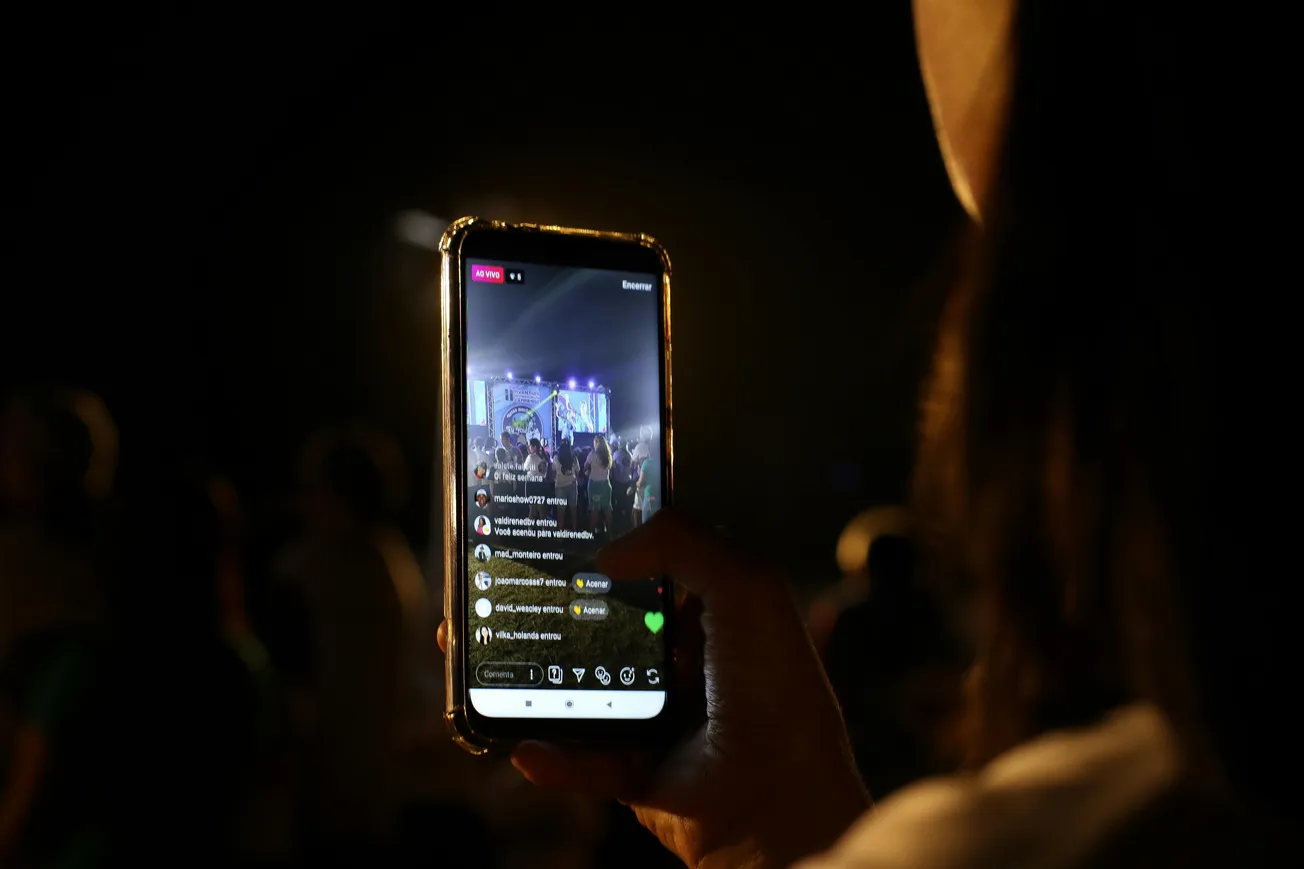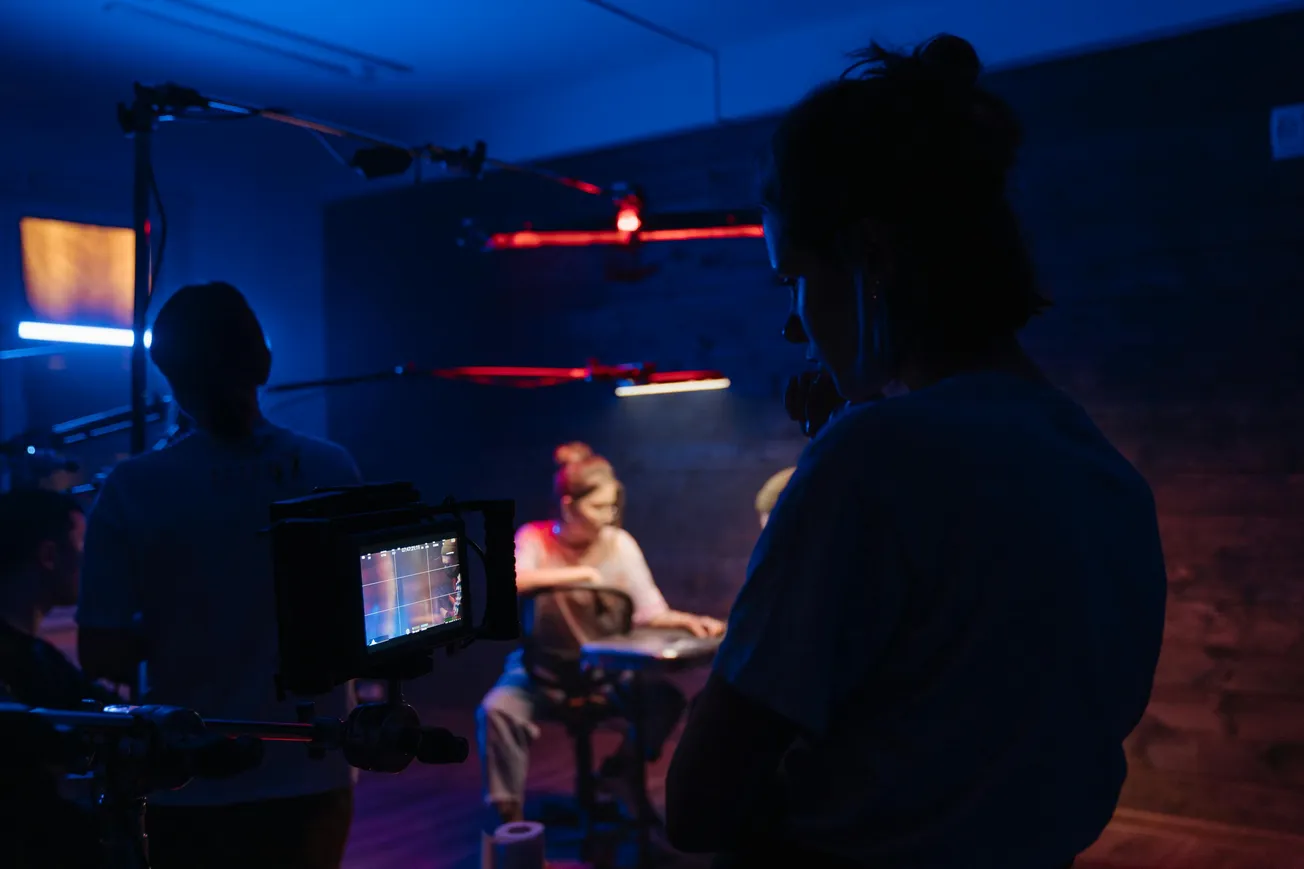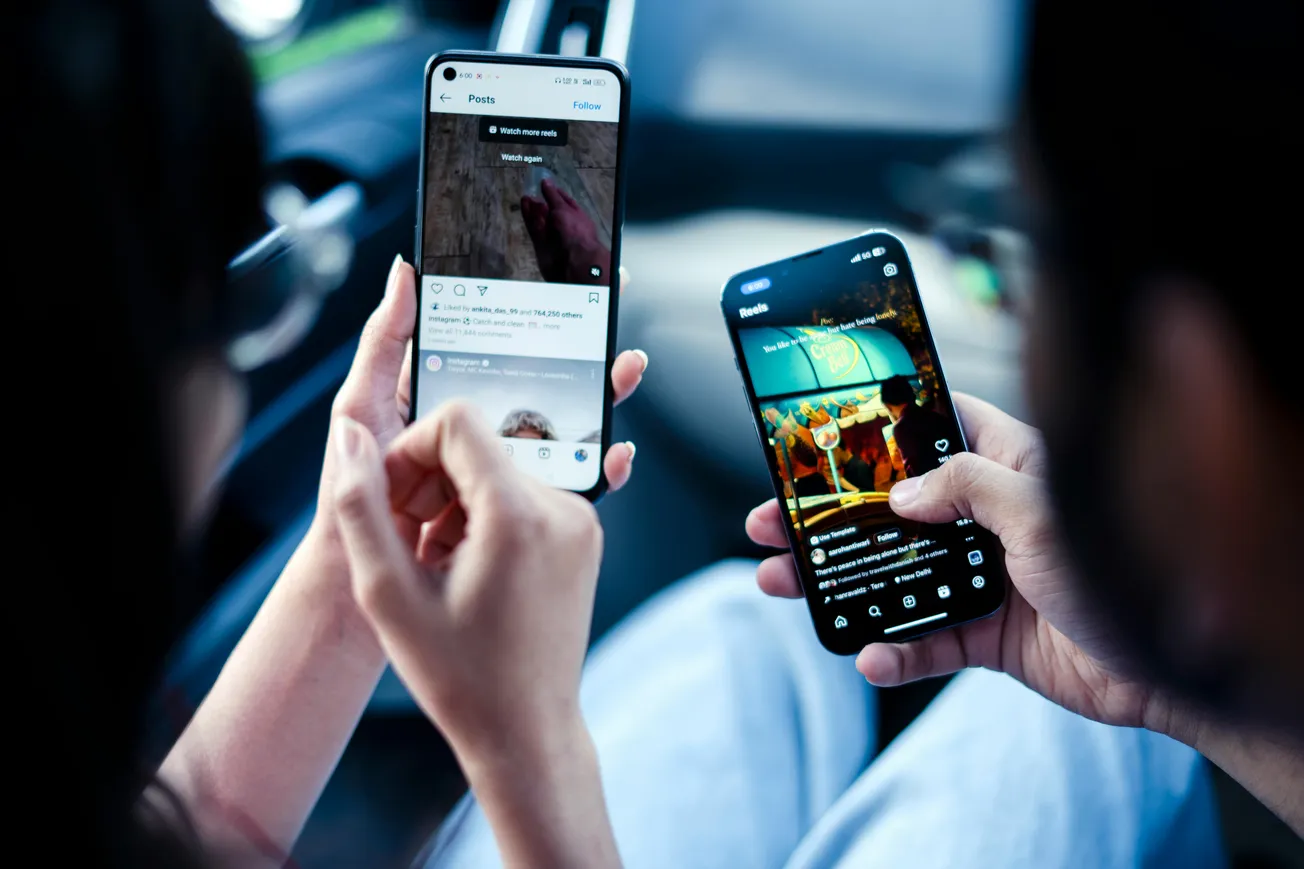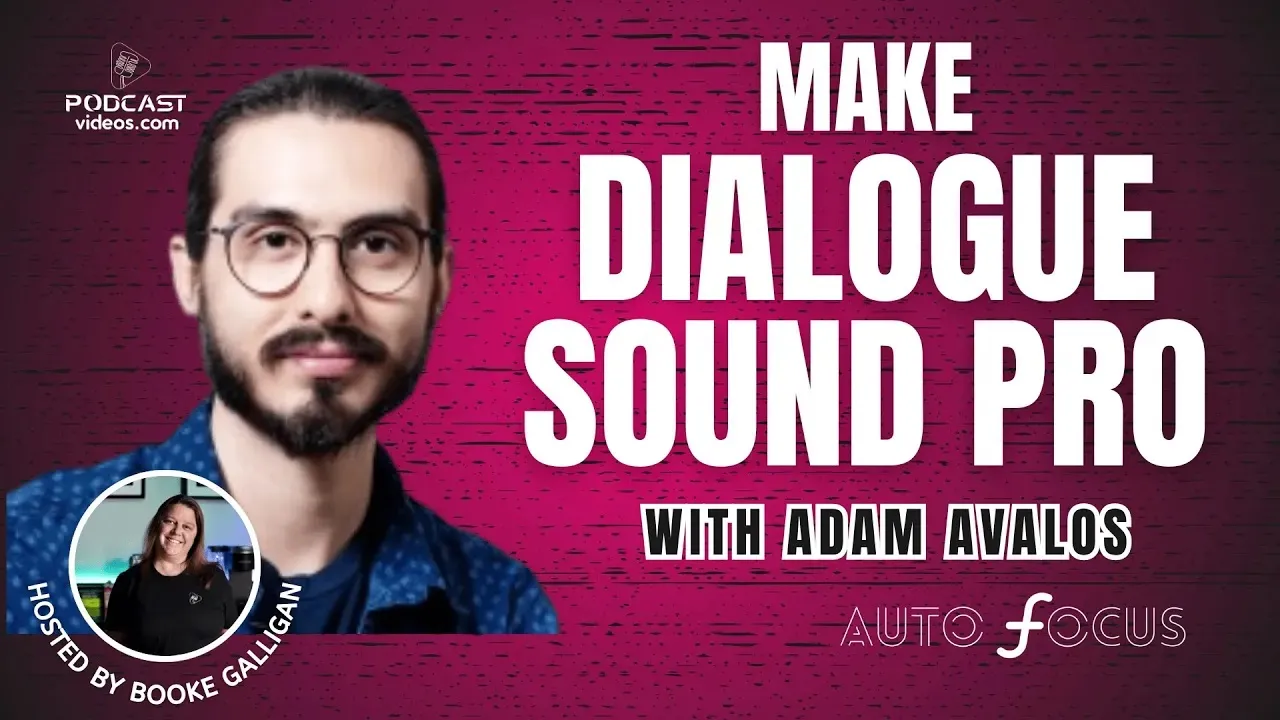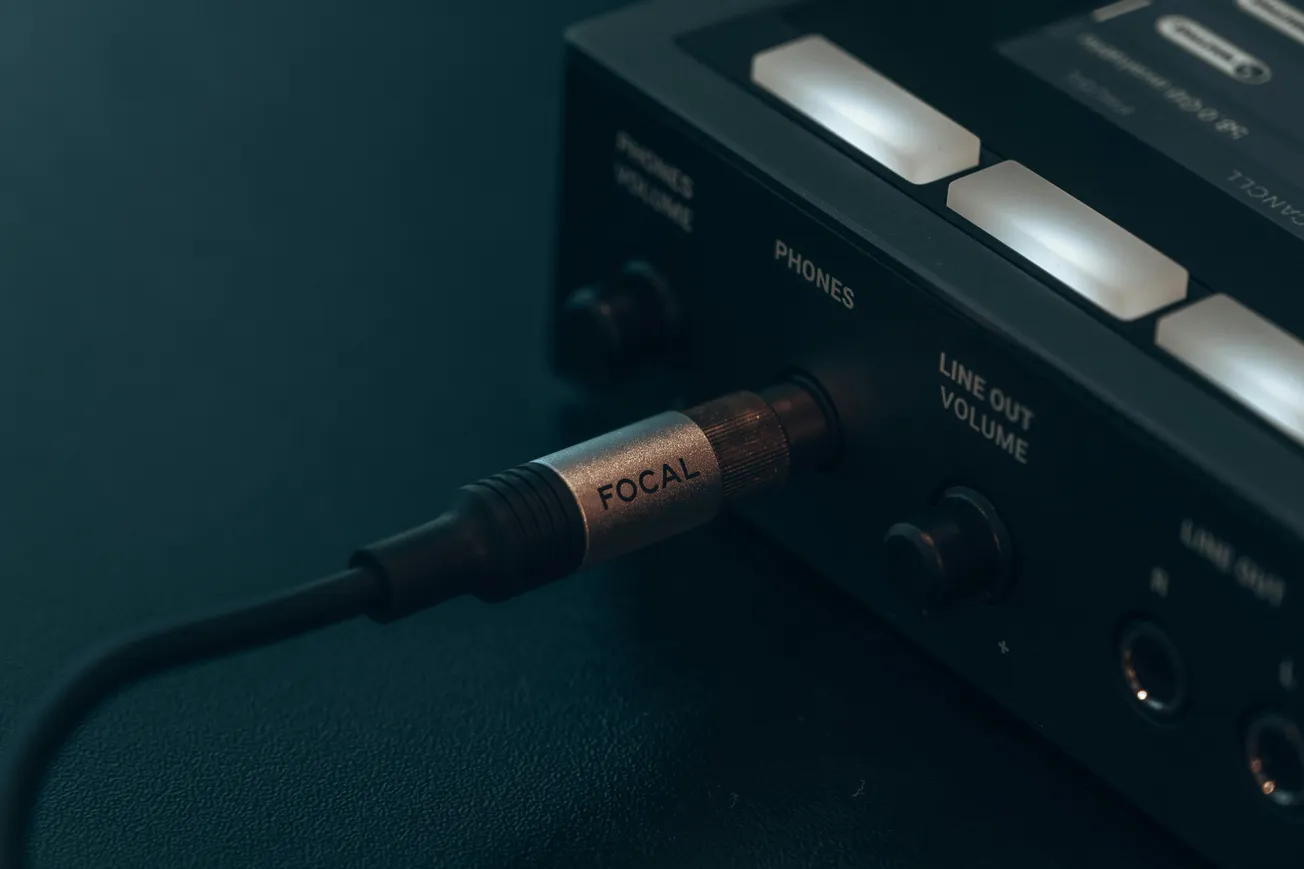Social media gives direct access to target audiences, enabling you to build excitement and drive registrations for your event.
Research shows that platforms like Instagram, Facebook, LinkedIn and TikTok play strong roles in how people discover events. For small‑businesses, content creators and educators this means your event doesn’t just live in the venue—it lives in the feeds of your audience.
1. Pre‑event: Build anticipation and make it easy to register
- Define your audience and platforms. Pick the platform(s) where your ideal attendees already hang out. For example, professional events may lean LinkedIn; lifestyle/entertainment events may favour Instagram or TikTok.
- Set clear goals and registration funnel. Know what success looks like (ticket sales, leads, sign‑ups) and ensure your social posts link to an easy registration page.
- Create a branded hashtag and visual identity. A memorable hashtag helps collect user‑generated content (#YourEventName2025) and strengthens awareness.
- Tease content and drip posts. Start with “Save the Date”, then release speaker profiles, behind‑the‑scenes, countdowns, early‑bird offers. These build momentum.
- Use paid ads + organic mix. Organic posts engage existing followers; paid ads expand reach and can target custom audiences.
- Clear, mobile‑friendly links. Especially important: make the path from post to registration short and mobile‑optimised.
2. During the event: Amplify participation and engagement
- Go live / share real‑time content. Live‑stream key moments, post in Stories, share quick interviews and highlight visuals. This brings the event to those who couldn’t attend and builds FOMO for next time.
- Encourage user‑generated content (UGC). Make it easy for attendees to post their own photos/videos using your hashtag. Recognise and repost their content.
- Interactive elements. Run social media competitions (e.g., best post wins prize), display a live social‑wall of posts at the venue, use polls or Q&A in Stories. These boost engagement.
- Highlight key takeaway moments. During sessions, pull out quotes or short clips, post them right away to keep social momentum high.
3. Post‑event: Extend the impact and nurture relationships
- Share recap content. Post highlight reels, photo albums, best moments, testimonials from attendees. This keeps your event alive and builds credibility.
- Thank attendees, partners, speakers. Acknowledgements create goodwill and keep people connected to your brand.
- Ask for feedback and use data. Use polls/posts to ask what worked, what to improve. Track metrics like click‑throughs, registrations, hashtag use, shares.
- Promote future events. Leverage the buzz: announce next year’s date or related events while the audience is still engaged.
- Repurpose content. Turn videos into bite‑sized clips, quotes into social graphic posts, blog write‑ups into carousel posts. This maximises your effort.
Quick checklist for small‑business & creator events
- Define goals (attendee number, lead generation)
- Choose primary social platforms
- Create event hashtag and visuals
- Draft a content calendar (pre, during, post)
- Link every post clearly to registration
- Mix organic + paid promotion
- Enable/encourage attendee posting (UGC)
- Capture live content at the event
- Post recaps and nurture relationships afterwards
- Measure what worked & refine for next time
Final takeaway
A successful event marketing strategy on social media isn’t just about posting more—it’s about planning smartly, engaging continuously and turning attendees into advocates.
By weaving in pre‑event excitement, during‑event engagement and post‑event follow‑through, your event becomes more than a date in the calendar—it becomes a social experience that amplifies your brand and expands your reach.


